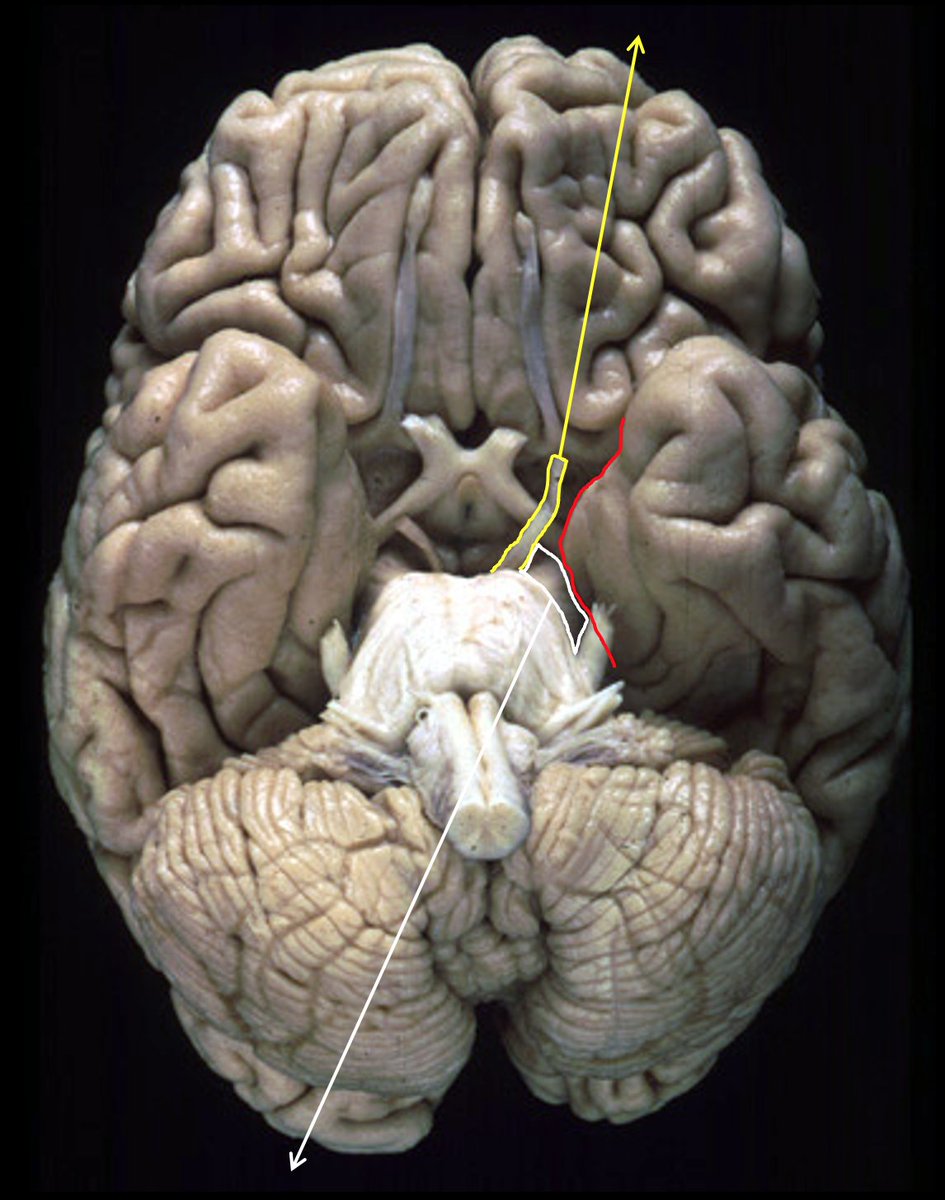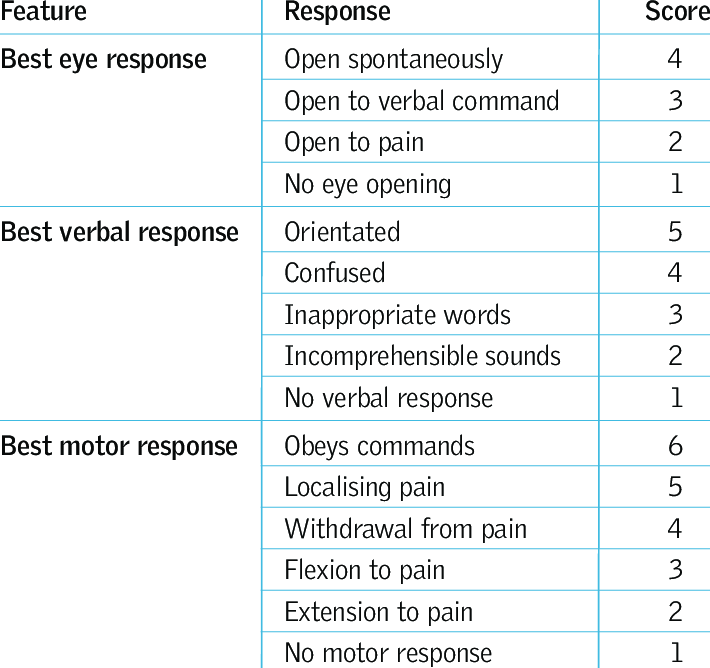
Neurosurgical Registrar 🧠 Cancer immunology PhD candidate 🧪 Hon. Clinical Lecturer 🎓 Jazz pianist 🎹 Motorcyclist 🏍 Views are my own.
2 subscribers
How to get URL link on X (Twitter) App





